Sinusitis is a common condition that can cause a variety of uncomfortable symptoms, including facial pain, congestion, and headache. If you’re looking for a natural way to relieve your sinusitis symptoms, yoga may be a helpful option.
Certain yoga poses can help to drain the sinuses, reduce inflammation, and improve circulation. This can help to reduce congestion and relieve other sinusitis symptoms.
In this article, we’ll explore some of the best yoga poses for sinusitis. We’ll also provide tips for practicing yoga safely and effectively if you have sinusitis.
Ready to learn more? Keep reading to explore the following article and discover how yoga can help you to relieve your sinusitis symptoms.
Yoga Poses for Sinusitis
Here are some yoga poses that can be helpful for sinusitis:
Downward-Facing Dog (Adho Mukha Svanasana)
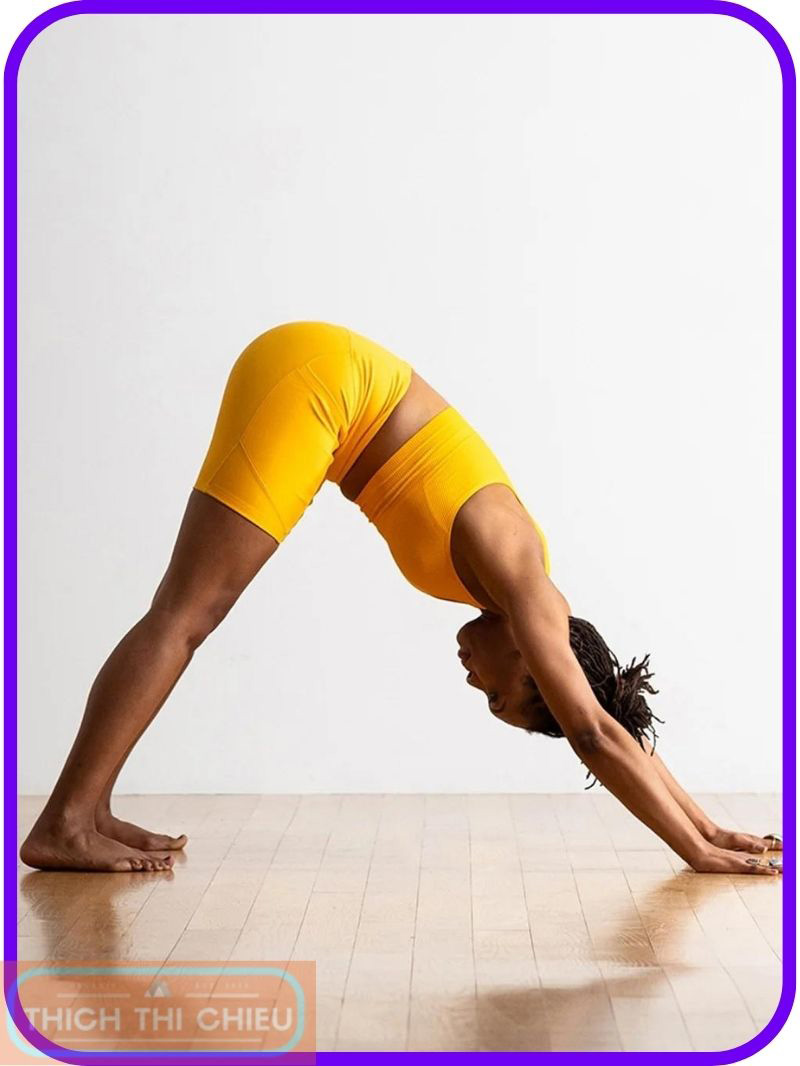
Downward-Facing Dog is one of the most popular yoga poses, and for good reason. It is a great all-over pose that helps to stretch the hamstrings, calves, spine, and shoulders. Downward-Facing Dog also helps to improve circulation and drain the sinuses.
To do Downward-Facing Dog:
- Start on your hands and knees, with your hands shoulder-width apart and your knees hip-width apart.
- Tuck your toes under and lift your hips up and back, forming an inverted V-shape.
- Keep your back straight and your head between your arms.
- Hold the pose for 5-10 breaths.
Child’s Pose (Balasana)
Child’s Pose is a calming and restorative pose that can help to relieve congestion and drain the sinuses. It is also a good pose for people with headaches or neck pain.
To do Child’s Pose:
- Kneel on the floor with your knees hip-width apart.
- Sit back on your heels and fold forward, resting your forehead on the floor.
- Extend your arms out in front of you, palms down.
- Hold the pose for 5-10 breaths.
Bridge Pose (Setu Bandha Sarvangasana)
Bridge Pose is a gentle backbend that can help to open up the chest and improve circulation. It can also help to drain the sinuses.
To do Bridge Pose:
- Lie on your back with your knees bent and your feet flat on the floor.
- Place your arms at your sides, palms down.
- Lift your hips up and off the floor, forming a bridge with your body.
- Hold the pose for 5-10 breaths.
Legs-Up-the-Wall Pose (Viparita Karani)
Legs-Up-the-Wall Pose is a relaxing pose that can help to reduce inflammation and drain the sinuses. It is also a good pose for people with insomnia or anxiety.
To do Legs-Up-the-Wall Pose:
- Lie on your back with your legs up the wall.
- Your legs should be bent at the knees and your feet should be resting on the wall.
- Place your arms at your sides, palms down.
- Hold the pose for 5-10 minutes.
Savasana (Corpse Pose)
Savasana is a resting pose that helps to calm the mind and body. It is a good pose to do at the end of a yoga practice, or at any time when you need to relax.
To do Savasana:
- Lie on your back with your arms at your sides and your palms up.
- Close your eyes and relax your body.
- Focus on your breath and let go of any tension.
- Hold the pose for 5-10 minutes.
Tips for Practicing Yoga for Sinusitis
Here are some tips for practicing yoga safely and effectively if you have sinusitis:
- Start with a gentle practice.
If you are new to yoga, or if you are experiencing a severe sinusitis flare-up, it is best to start with a gentle practice. Focus on poses that are restorative and calming, such as Child’s Pose and Legs-Up-the-Wall Pose. As you become more comfortable, you can gradually increase the intensity and duration of your practice.
- Listen to your body and don’t push yourself too hard.
It is important to listen to your body and not push yourself too hard when practicing yoga. If you experience any pain or discomfort, come out of the pose. There is no need to force yourself into any pose.
- If you experience any pain or discomfort, come out of the pose.
If you experience any pain or discomfort during your practice, come out of the pose immediately. This is especially important if you have any underlying health conditions, such as high blood pressure or heart disease.
- Be sure to warm up before you start your practice and cool down afterwards.
A good warm-up will help to prepare your body for yoga and reduce the risk of injury. Start with some gentle movements, such as neck rolls and shoulder shrugs. You can also do some light cardio, such as walking or jumping jacks.
A cool-down will help your body to recover from your practice. Focus on poses that are gentle and restorative, such as Child’s Pose and Legs-Up-the-Wall Pose.
- Drink plenty of water before, during, and after your practice.
Staying hydrated is important for everyone, but it is especially important for people with sinusitis. Drinking plenty of water will help to thin mucus and make it easier to drain.
Here are some additional tips for people with sinusitis:
- Avoid practicing yoga in cold weather or in a drafty room.
- If you are using a humidifier, make sure to clean it regularly to prevent mold growth.
- Use a saline nasal spray or rinse to help clear congestion.
- Take a warm shower or bath before your practice to help loosen mucus.
- Blow your nose gently after your practice to clear any remaining mucus.
If you are considering practicing yoga for sinusitis, be sure to talk to your doctor first. They can help you to develop a safe and effective practice. Hopefully, the above article of TTC has provided you with useful information. If you have any questions or concerns, please leave a comment below.
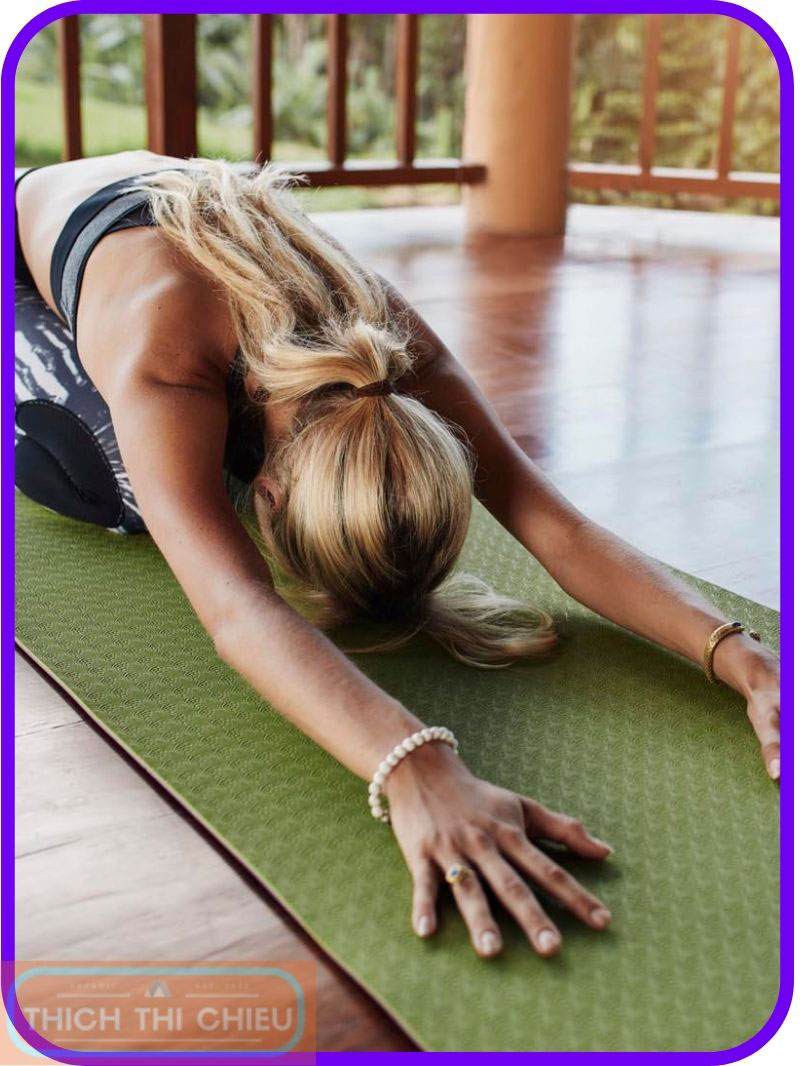
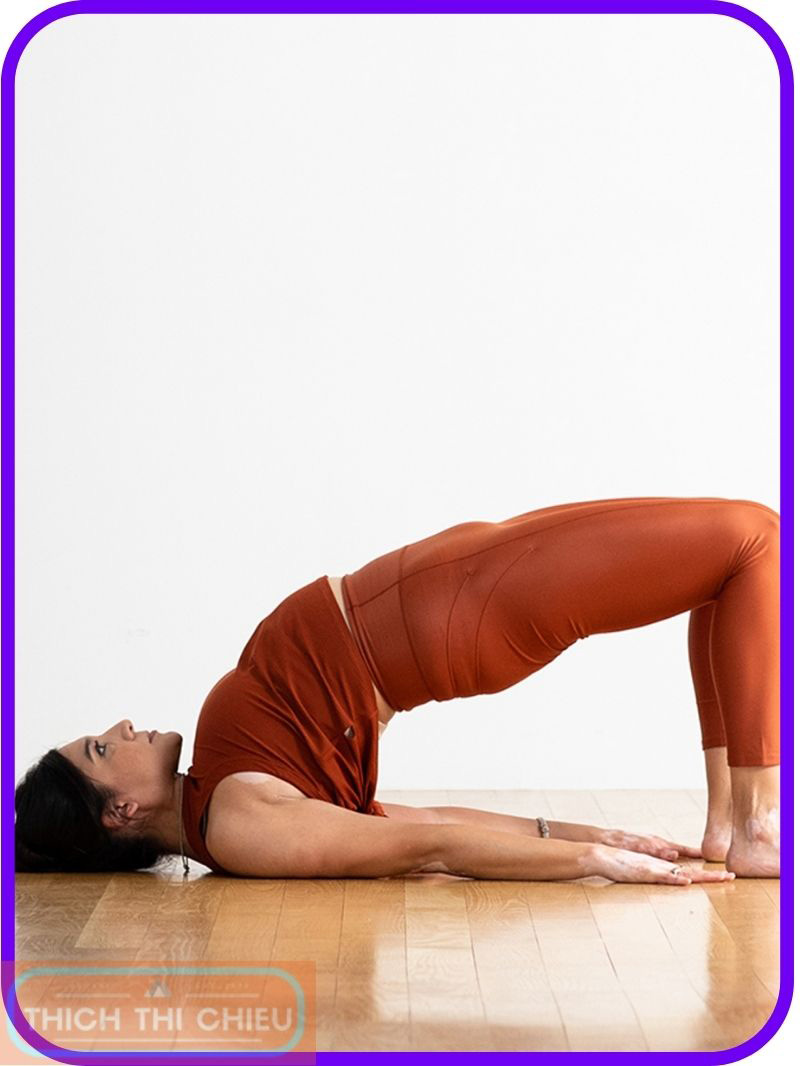
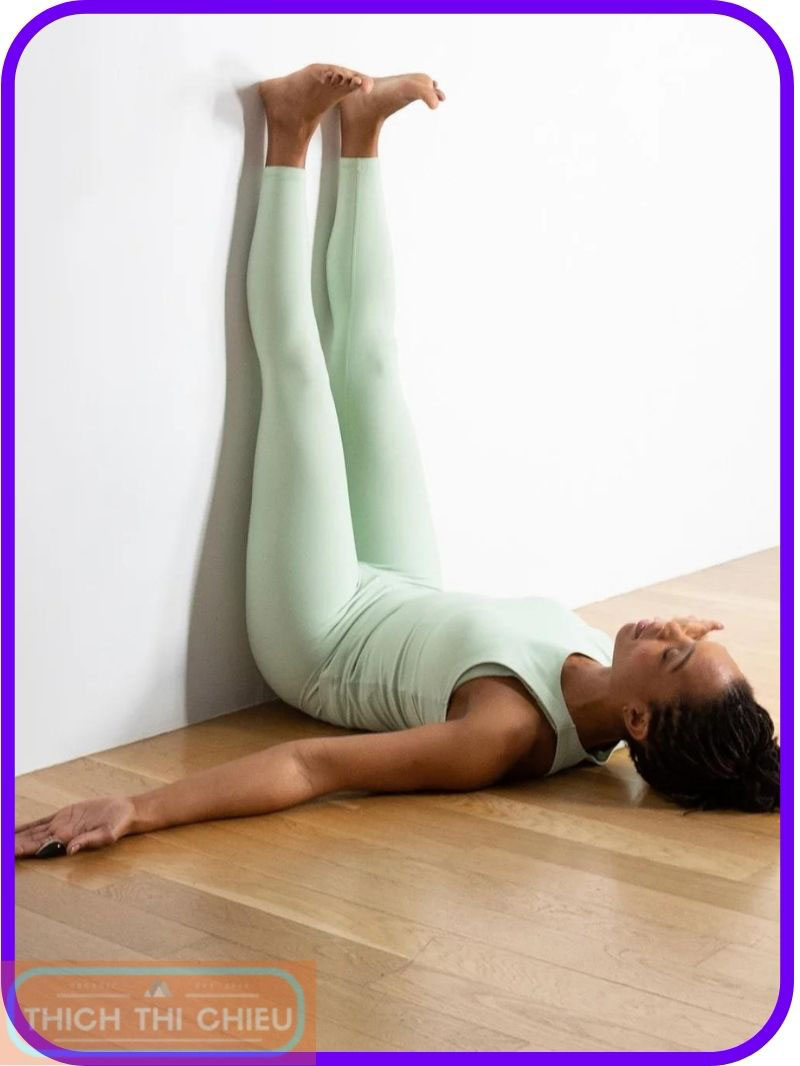
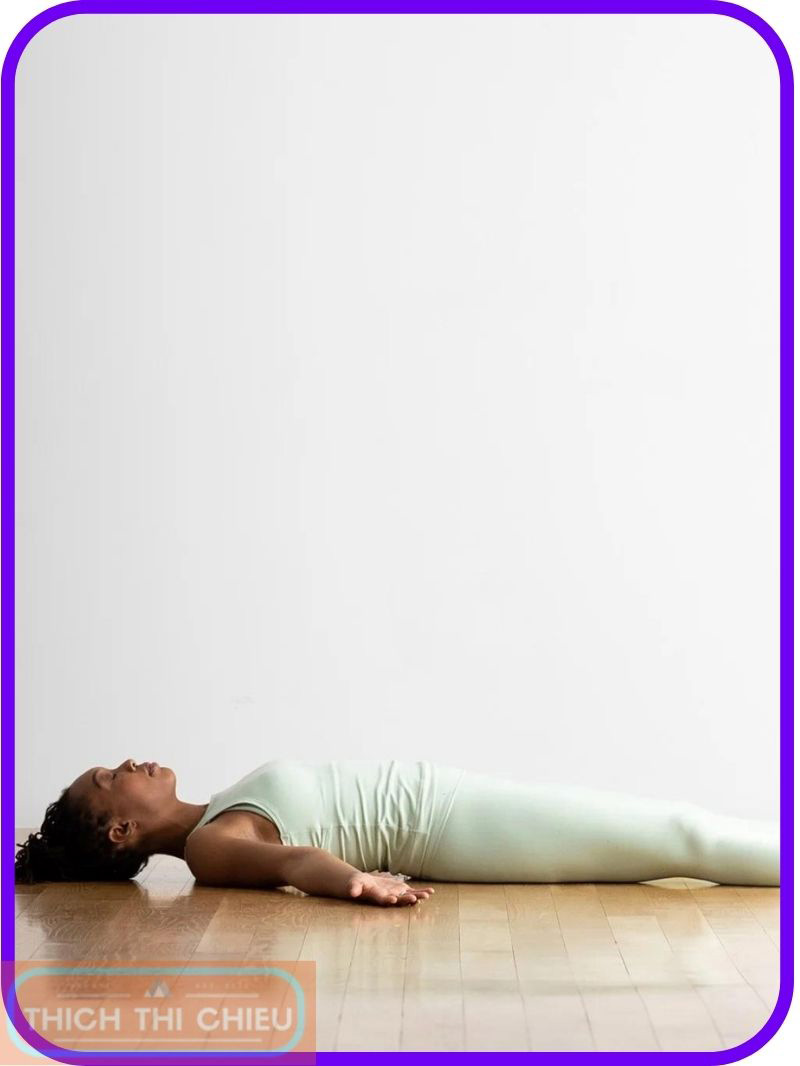
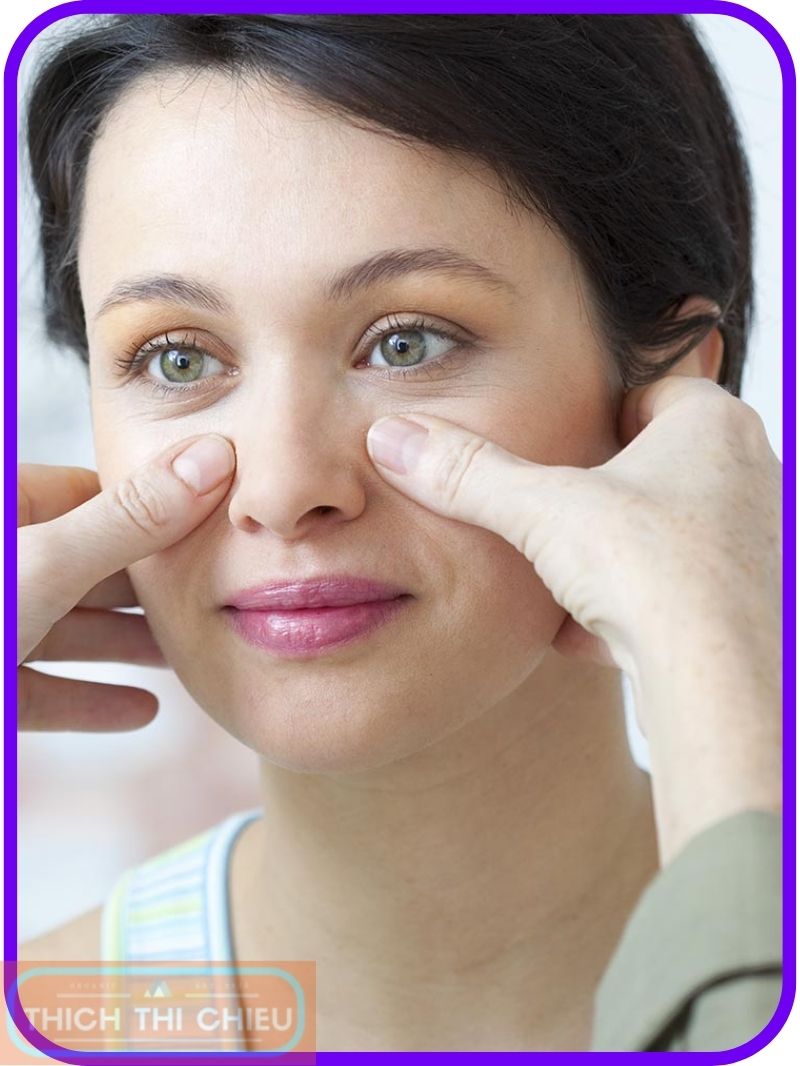





Leave a Reply